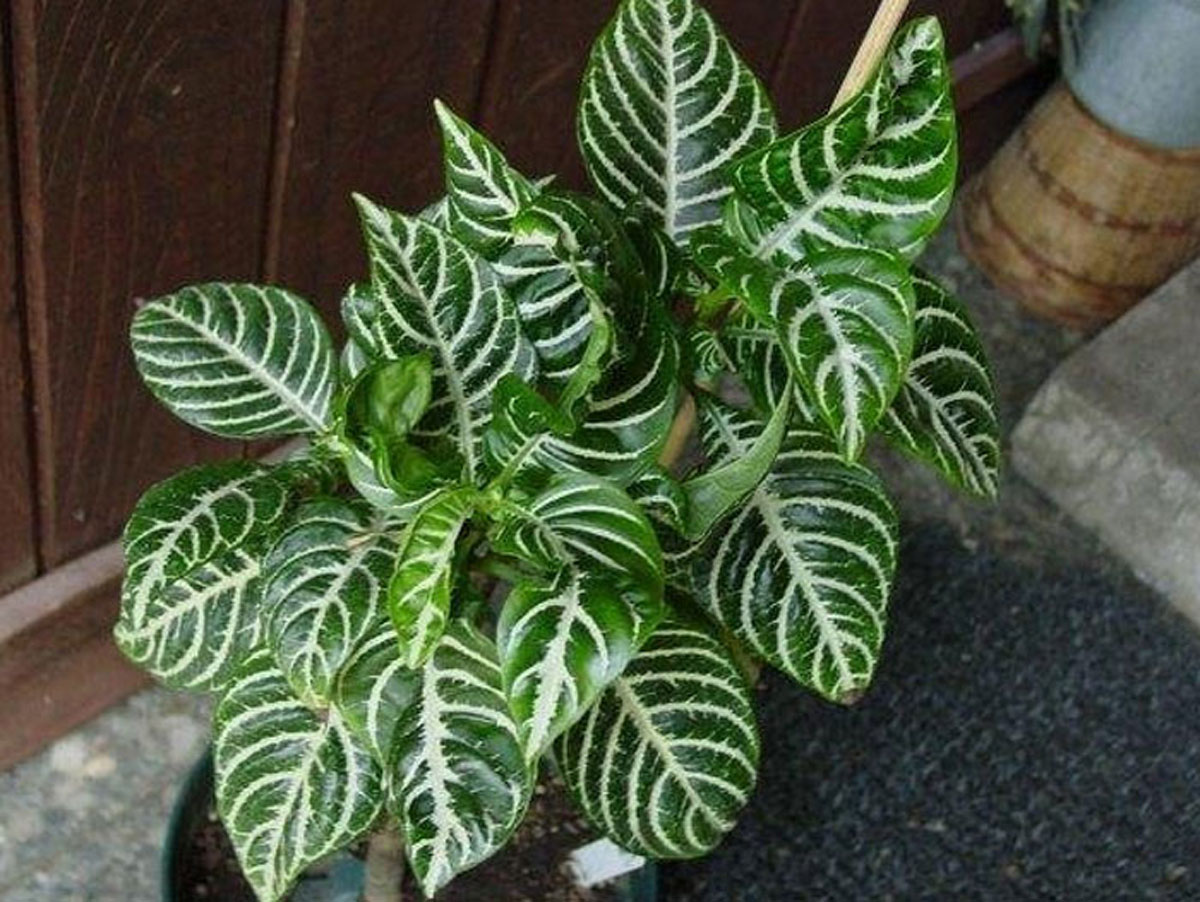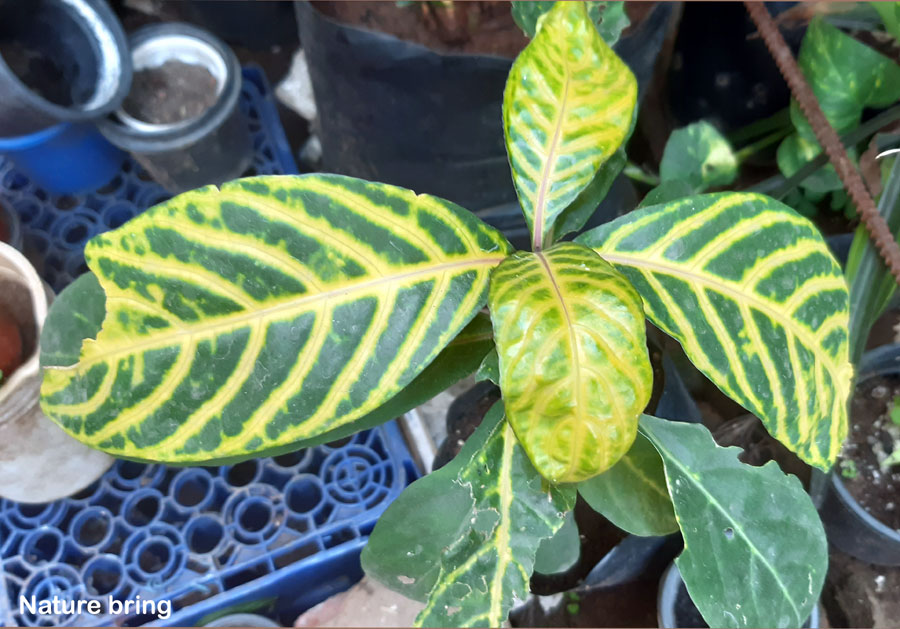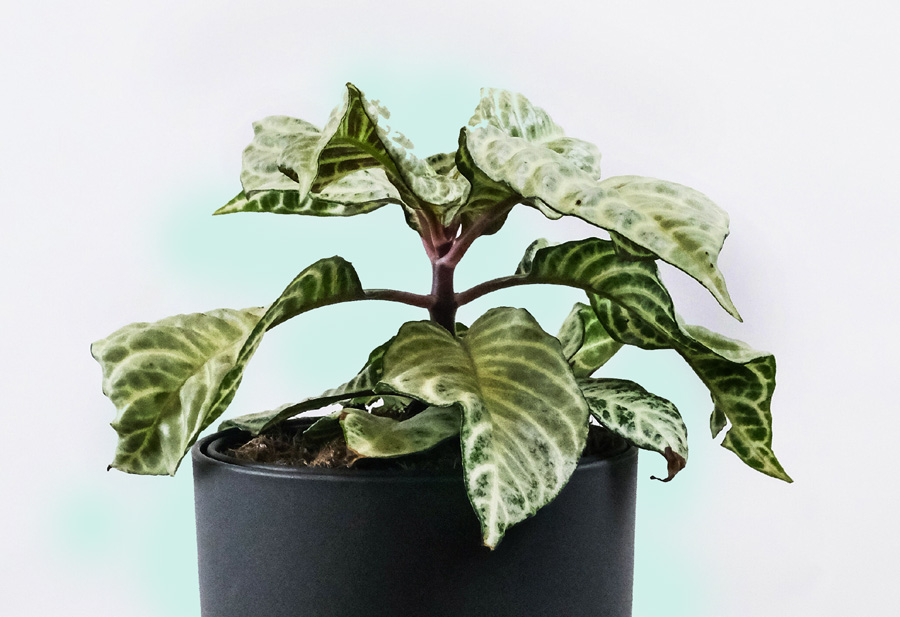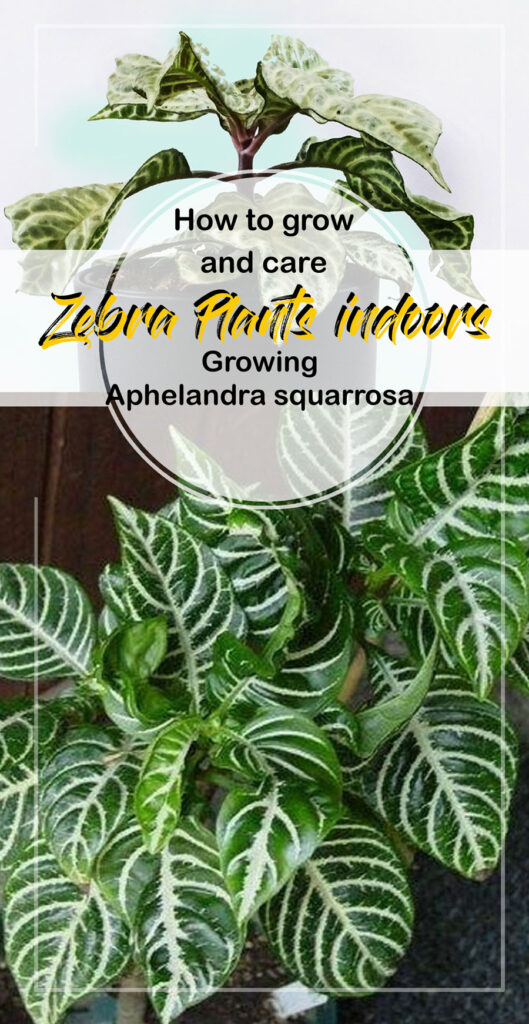
Zebra Vegetation (Aphelandra squarrosa)
Usually grown indoors, zebra crops (aphelandra squarrosa) are characterised by their darkish inexperienced leaves with white veins. This plant is part of the Atlantic Forest vegetation of the jap coast of Brazil. There’s nothing like the brilliant flowers on this plant to make it stand out. The zebra plant bears tall golden bracts, which may lengthen to a number of inches in size, about two to 4 per department, often in late summer time or early autumn. Three years is the common rising time for the indoor zebra plant, which acquires maturity at a peak of a few ft.

Overview zebra plant
Scientfic identify Aphelandra Squarrosa
Frequent identify zebra plant
Plant kind Annual Houseplant
Solar oblique mild or partial shade
Soil well-drained impartial to acidic soil
Soil pH 5.6-6.0
Blooming time fall and summer time
USDA zones 10-11
Learn how to Develop and Take care of Zebra Plant
This plant grows very slowly, advancing its full peak of just a few ft in three years. It’s unlikely that you’ll have to repot your plant fairly often.
Rising from Cuttings
Use stem cuttings out of your preliminary plant to propagate your new zebra plant in spring.
-The stems of the plant needs to be reduce into 2- to 3-inch-long sections with a pointy, disinfected slicing instrument.
- Be sure that the reduce ends are handled with a rooting hormone to spice up your possibilities of propagating efficiently.
- In case your room doesn’t maintain a temperature of round 70 levels naturally, place the stem ends in a pot full of moist soil.
- It’s also essential for the stems to develop sturdy roots, so it could be useful to put plastic wrap excessive of your pot or to develop in a coated terrarium.
- It will possibly take between a month and a half for roots to develop. You’ll wish to observe the leaves creating on the highest of the plant, as that signifies progress beneath the soil line, too. As quickly as the basis system of the propagated zebra plant begins to develop, it must be repotted.

Daylight
Since zebra crops are accustomed to evolving beneath a cover of timber in tropical climates with heat and humid circumstances, they flourish in oblique mild or partial shade. If the leaves are uncovered to direct daylight, they might scorch, nevertheless, they won’t blossom if they’re utterly shaded. It’s troublesome for zebra crops to adapt to low-light situations.
Watering
It is strongly recommended to water your Zebra plant when the soil is dry within the prime 25%. Assure the saucer is comprehensively moist, and that any additional water is emptied to regulate root rot. If water is sprayed straight on the leaves, crown rot may end up. Water can channel down the stems and trigger rot to develop. It is strongly recommended that your water temperature is a little bit lukewarm so it simulates a drenching rainstorm in hotter climates, however solely water from beneath the leaves, by no means from above.
Soil
A well-drained soil that maintains moisture for a number of days is superb for zebra crops. Ideally, it’s best to combine potting soil, peat moss, and perlite in equal quantities. It’s handiest for zebra crops to thrive in impartial to acidic soil. It’s best to provide a zebra plant in a multipurpose potting combination. Moreover, you’ll be able to add sand to the combination to verify it drains simply. If you want your plant to flower, feed it as soon as each one to 2 weeks via its rising season (spring and summer time).
Temperature and Humidity
Zebra crops thrive in average temperatures as a consequence of their origins – they need to by no means dip under 55 levels Fahrenheit, nor ought to their planting space attain 60 levels.
The zebra plant additionally requires a excessive stage of humidity in its house, so a humidity stage between 60 and 70 % is right. The humidity ranges could be elevated through the use of a humidifier if these situations can’t be achieved naturally indoors. In case your zebra plant wants a gentle misting, you need to use a sprig bottle full of lukewarm water. Conserving your crops at an excellent temperature is essential.
Fertilizer
When the spring and early summer time months arrive, fertilize your plant each different week with a water-soluble fertilizer formulated for flowers and foliage. You will need to fertilize your zebra plant within the late summer time and early fall to make sure it blooms as quickly as potential. Don’t fertilize your plant if the soil is dry; be sure you water it earlier than you feed it. There isn’t a danger to people or pets out of your zebra plant.
Learn additionally:
Rising secrets and techniques for Calathea plant indoors. Rising Pitcher Plant at Residence.
For pin:
